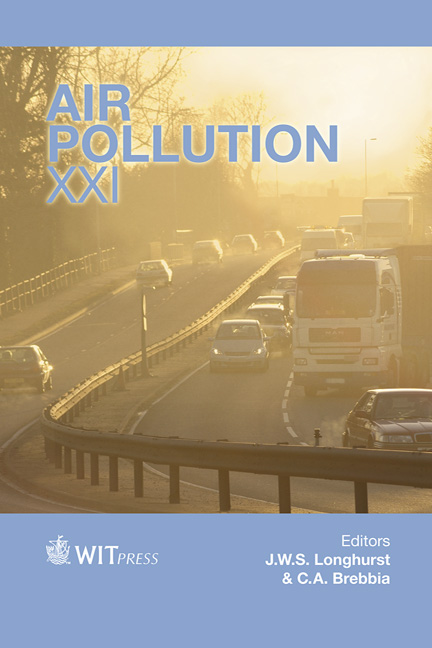Chemical Characterization Of Gaseous Species From The Pyrolysis Process Using Scrap Tires
Price
Free (open access)
Transaction
Volume
174
Pages
10
Page Range
269 - 278
Published
2013
Size
1,233 kb
Paper DOI
10.2495/AIR130231
Copyright
WIT Press
Author(s)
S. Pongnailert, T. Supadit, P. Poungsuk & S. Pongpiachan
Abstract
Particle exposure can lead to a variety of health effects. For example, numerous studies link particle levels to increased hospital admissions and emergency room visits – and even to death from heart or lung diseases. Scrap tire combustion releases several toxic air pollutants. This study assessed the generation of H2, N2, CO, H2S and nine aliphatic compounds, namely CH4 (Methane), C2H2 (Acetylene), C2H4 (Ethylene), C2H6 (Ethane), C3H6 (Propylene), C3H8 (Propane), C4H8 (Butene), C4H10 (Butane), C5H12 (Pentane) generated in a used-tire pyrolysis process and the aliphatics removal by a wet scrubber (WSB) and a flare. CH4, H2, N2 and C2H6 were found to be major gaseous species in pyrolysis emissions with the percentage contributions to total sum of gaseous species of 33.18%, 15.62%, 12.23% and 8.69% respectively. Keywords: scrap tires, aliphatics, pyrolysis, air quality.
Keywords
scrap tires, aliphatics, pyrolysis, air quality





